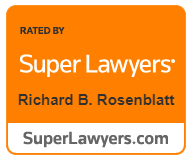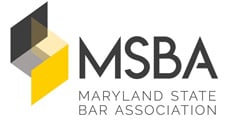Overwhelming debt can happen to anyone. For many people, bankruptcy is the only option.
If bankruptcy is a potential option for you, consider the distinctions between Chapter 7 and Chapter 13 bankruptcies.
What are Chapter 7 and 13 bankruptcies?
Chapter 7 is a liquidation bankruptcy that halts most creditors from collecting. After three to four months, the bankruptcy will discharge and erase qualifying debt, such as personal loans and medical expenses. Both individuals and businesses can file a Chapter 7.
Chapter 13 bankruptcy will reorganize your debt allowing you to repay it on a schedule based on your income and the amount of property you own. Only individuals can file Chapter 13.
What happens to property?
After you receive approval for Chapter 7, a trustee can sell all nonexempt property to pay back your creditors as much as possible. The first debts to pay include child and spousal support.
In a Chapter 13 bankruptcy, you keep all property but are responsible for paying unsecured creditors in an amount equal to the value of your nonexempt property.
Common examples of exempt property include your home, retirement benefits and vehicle.
What are the benefits and drawbacks of each?
Chapter 7 bankruptcy allows you to get a fresh start and eliminate a significant amount of debt, but it does not provide a definite way to avoid foreclosure. Chapter 13 bankruptcy allows you to keep your property and catch up on debt, but you must pay a trustee for up to five years.
Every situation is unique. You may need advice throughout the process.






